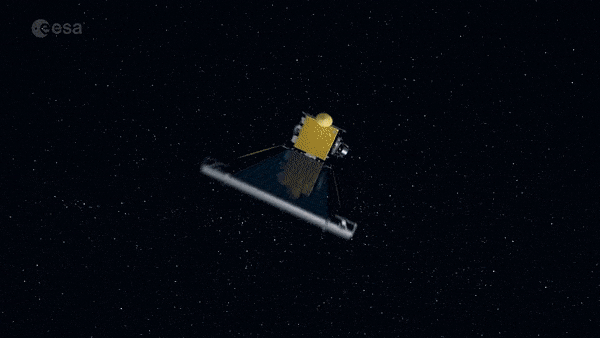Sourcing space debris and surveying asteroid smash: challenges for AI & space experts
Machine-learning and AI specialists are invited to compete alongside space engineers in a pair of challenges related to ESA’s Space Safety programme, open to teams from across the globe.
The first competition involves tracing the source of hazardous space debris drifting around Earth, while the second asks teams to decipher the precise circumstances of a distant collision between a spacecraft and an asteroid – a scenario which is set to be enacted for real later this decade by NASA’s DART and ESA’s Hera spacecraft.
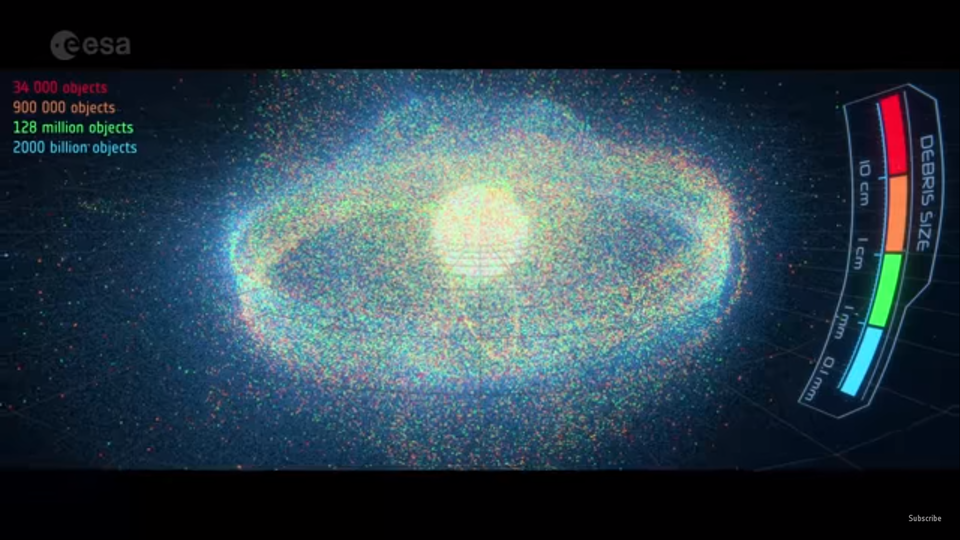
They are organised by ESA’s Advanced Concepts Team in partnership with the European Union’s Stardust Reloaded space debris and asteroids research network.
The latest in a series of challenges to harness machine learning for space-related goals, these two competitions form part of the Andrea Milani Challenge, created by the Stardust-R network to commemorate the late Italian mathematician and astronomer whose pioneering work led to ESA’s Hera mission for planetary defence and the asteroid tracking element of ESA’s Space Safety Programme.
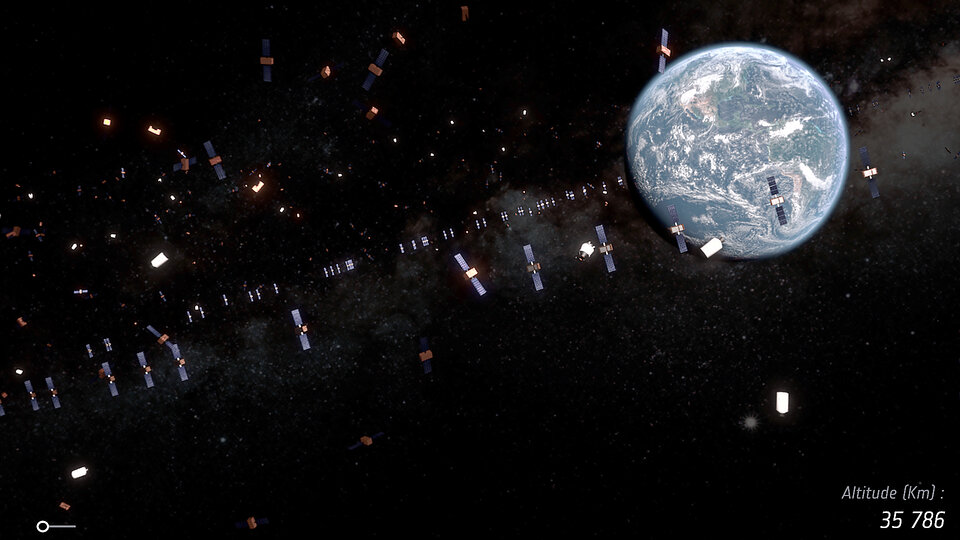
Space Debris: the origin challenge
Imagine a hypothetical future where space operators are liable for any debris that their missions produce. In the ‘Space Debris: the origin challenge’, items of debris are spotted moving through geostationary orbit, threatening to disrupt the single most valuable slot of real estate in space.
Stringent fines will be slapped on the owner of whichever derelict satellite produced this debris, out of a number of suspects located in nearby graveyard orbits. But to reliably assign guilt, contestants need to analyse many years of ground-based observations effectively taking time backwards to follow the debris items’ orbits back to their point of origin.
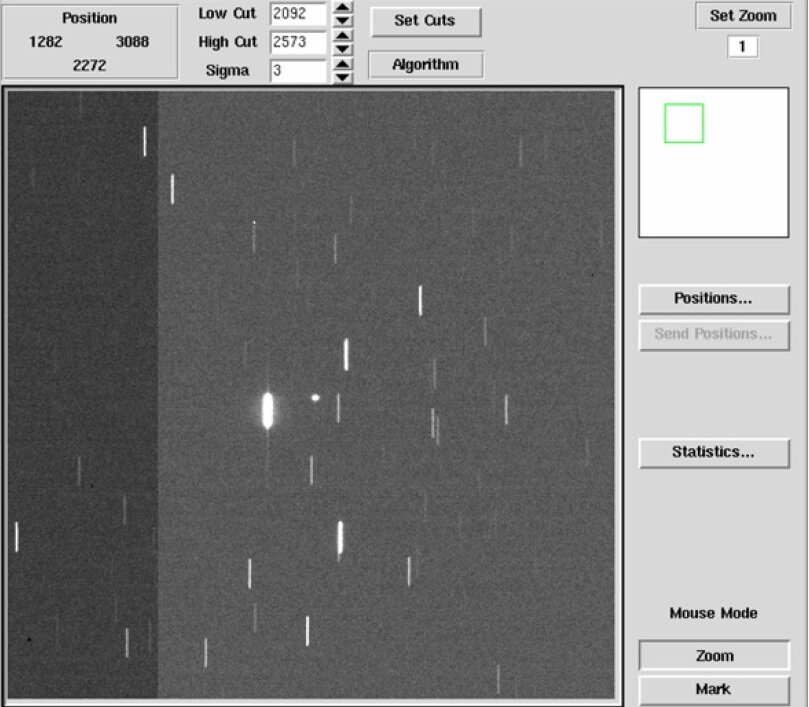
Participants will also need to estimate the size of the debris items – expressed in terms of the effective area over mass ratio. This will be necessary to take account of orbital factors such as solar radiation pressure – the slight but steady ‘push’ of sunlight itself has a greater influence on larger items – but also so the correct deorbiting technology can be selected to prevent further disruption and to accurately invoice the debris owner.
This challenge was conceived to stimulate research on managing the space environment to ensure the sustainable use of Earth orbits, one of the cornerstones of the Stardust-R project,” explains Massimiliano Vasile of the University of Strathclyde, coordinator of Stardust-R.
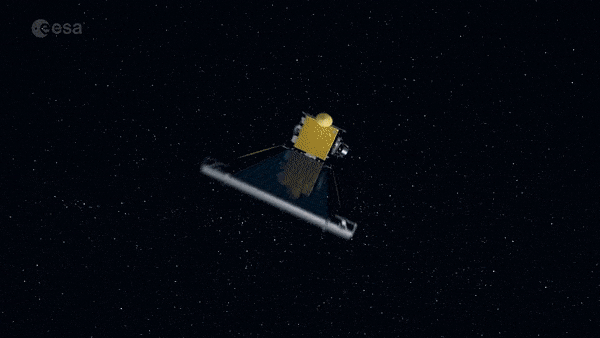
“For this challenge all relevant equations of orbital motion are provided via a Python script,” notes Dario Izzo, scientific coordinator of the ACT. “But in practice for both challenges, no special astronomical or physical knowledge should be necessary as to provide a solution. We are curious to learn whether a machine learning approach, based on training made possible through practice data, is sufficient to solve these problems, or a good deal of physical insight is necessary. ”
Planetary Defence challenge
The ‘Planetary Defence challenge’ looks ahead to September next year, when NASA’s Double Asteroid Redirect Team slams into the smaller of the Didymos binary asteroids – the first large-scale test of the kinetic impact technique that might one day be utilised to deflect an incoming asteroid threatening Earth.
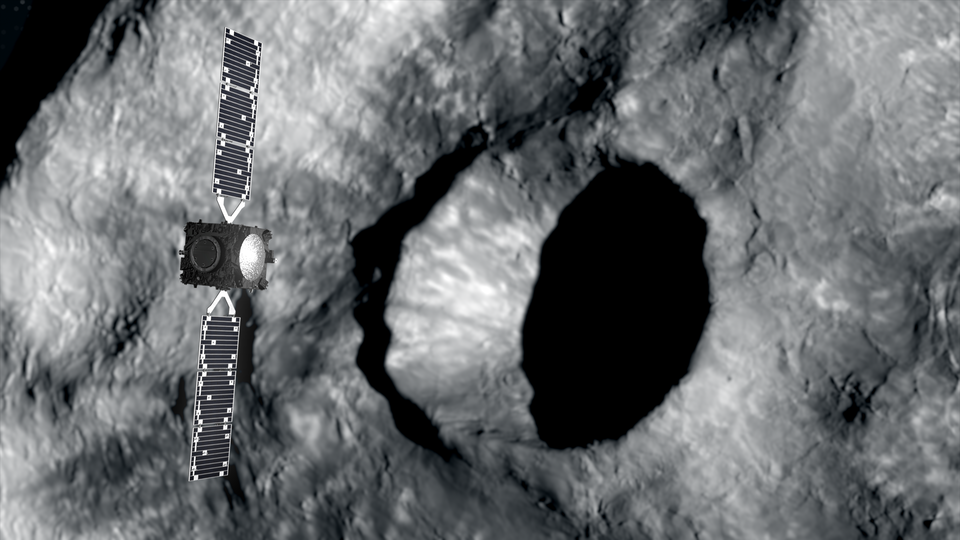
The precise consequences of that impact will be made clear in 2026, when ESA’s Hera spacecraft arrives to commence a close-up survey. But in the meantime, ground-based observatories can measure tiny fluctuations in the brightness of the asteroid pair over time. Known as ‘lightcurves’, these small changes can be analysed to identify the shift in the target asteroid’s orbit as well as any wobbles that result.
For this challenge, teams will be provided with a large number of different before-and-after lightcurves taken from a variety of high-fidelity simulations of kinetic impact events. They will then be asked to identify key parameters such as the ‘beta factor’ – the efficiency of the transfer of momentum between the spacecraft impactor and the asteroid, which in real life will be a priority for Hera to identify.

““This challenge makes a fascinating preview of what we will see from Earth after DART does its work,” notes Prof. Vasile.
“It also highlights the vital contribution to knowledge that Hera will make once it reaches the Didymos asteroid system. The topic is extremely appropriate for the Andrea Milani Challenge because it was the late Prof. Milani who came up with the initial design for what would become the combined DART-Hera missions.”
The two competitions are the latest hosted at ESA’s Kelvins website, named after the temperature unit of measurement – with the idea that competitors should aim to reach the lowest possible error, as close as possible to absolute zero.
The competitions are due to start on 20 June.


